Table of Contents
Up to 60% off on Home Cleaning
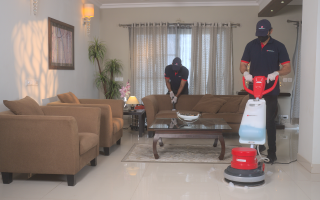
Full House Cleaning - Starts from ₹ 2,129
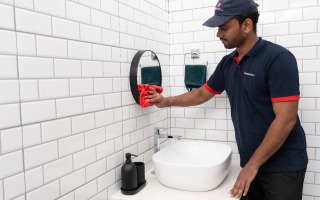
Bathroom Cleaning - Starts from ₹ 359
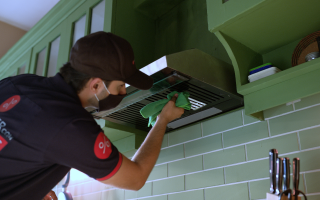
Kitchen Cleaning - Starts from ₹ 999
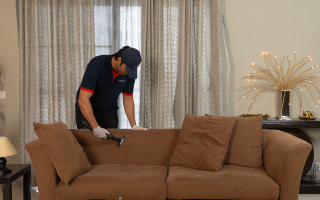
Sofa Cleaning - Starts from ₹ 359
Loved what you read? Share it with others!
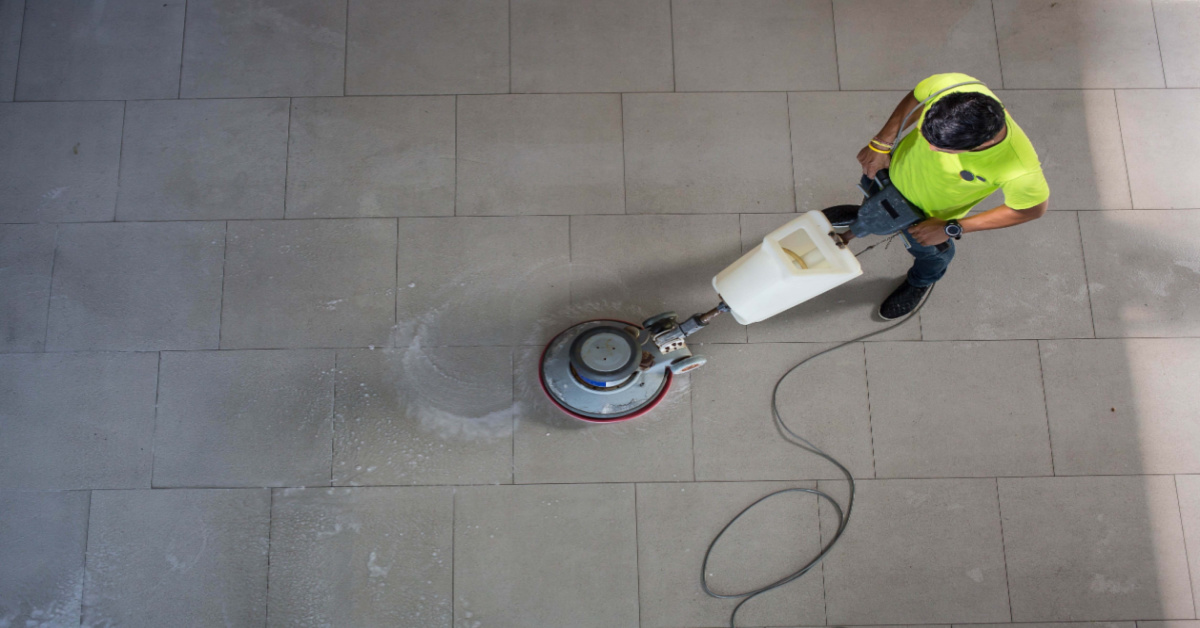

Submit the Form to Unlock the Best Deals Today
Check Your Eligibility Instantly

Experience The NoBrokerHood Difference!
Set up a demo for the entire community

Tenant Super Relax Plan
Enjoy Hassle-Free Renting
 Full RM + FRM support
Full RM + FRM support Instant alerts & premium filters
Instant alerts & premium filters Rent negotiation & relocation help
Rent negotiation & relocation helpFloor Buffing: Everything You Need to Know Before Your Starting
Table of Contents
Floor buffing is essential for maintaining Hardwood, tile, vinyl, and Laminate floors. This method improves floor appearance, eliminates scuff marks, and extends flooring life. In this blog, we will take you through the floor buffing process and how to do it effectively.

Floor Buffing Process: Step By Step Method
- Preparation
Preparation is necessary before polishing the floor. Get rid of furniture, clutter, and obstructions. Sweep or vacuum loose debris and dust off the floor.
- Choose Products and Equipment
Choose a buffing machine depending on the flooring and repair level. Rotary floor, oscillating, and orbital buffing machines exist. Use the correct buffing pads or brushes for polishing, scrubbing, or stripping.
Up to 60% off on Home Cleaning

Full House Cleaning - Starts from ₹ 2,129

Bathroom Cleaning - Starts from ₹ 359

Kitchen Cleaning - Starts from ₹ 999

Sofa Cleaning - Starts from ₹ 359
- Finish Floor (Optional)
Clean or apply the right finish if the floor needs a new coat. Wait until the finish is dry before buffing.
- Buffing:
Connect the buffing pad or brush to the machine. Start buffing in one corner and work your way across the floor. Maintain continuous pressure and speed on the high-speed floor buffer machine. Cover evenly with overlapping figure-eight or circular movements.
- Repeat if Needed
You may need to buff again, depending on the restoration level. This may need replacing the buffing pad or adding a finish.
- Clean Up
After buffing, clean the Equipment and let the floor dry before reintroducing furniture or foot activity.
To create a polished and revitalised floor surface, floor buffing requires comprehensive preparation, equipment selection, and methodical buffing. You should engage a professional floor buffing service to get optimal results.
Equipment And Supplies For Floor Buffing
The correct floor buffing equipment and materials are essential for success. This list covers floor buffing supplies and Equipment.
1. Buffing Machine
• The Rotary Floor equipment is the most typical buffing Equipment for floor care. It removes filth and shines using a revolving circular brush or pad. You can use a small floor buffer or a big one depending upon the surface area.
• The oscillating machine, a swing or orbital machine, is a commercial floor buffer that moves back and forth instead of spinning. The cleans and polishes floors.
• Orbital Machine: Random orbital buffers gently clean floors, similar to oscillating machines, without swirl marks.
2. Buffing Pads or Brushes
• Polishing Pads: Restore floor shine with these pads. They come in moderate to extreme abrasiveness, depending on the repair required.
• Scrubbing Pads: Effective for thoroughly cleaning and removing tough dirt, grease, and floor stains. Scrubbing pads are harsher and may need cleaners.
• Use Stripping Pads to remove old floor finish or wax accumulation. They are the most abrasive pads and are used with stripping chemicals.
3. Cleaning Solutions
• Use Floor Finish Remover (sometimes called floor stripper) to dissolve and remove old floor finish or wax accumulation. Preparing the floor for refinishing or recoating requires it.
• Neutral Floor Cleaner: A pH-neutral solution for everyday floor cleaning. Dirt and grime are removed without affecting the floor surface.
• If the floor requires recoating after buffing, choose the appropriate finish depending on the flooring material. Floor coatings range from high gloss to matte.
4. Safety Equipment
• Use safety glasses to shield your eyes from splashes, debris, and chemicals when buffing.
• Protect your hands with gloves from chemicals and abrasives.
• Select sturdy, closed-toe shoes with non-slip bottoms to avoid slips and falls.
5. Accessories
• Extension Cord: Include enough length to reach all sections of the room without regularly unplugging and relocating the machine.
• Floor Signs: Create warning signs to avoid slips and falls on damp floors while drying.
• Floor Squeegee: Effective for removing extra water or cleaning solutions from floors after washing or rinsing.
6. Maintenance Tools
• Pad Driver: Secures buffing pads or brushes to the machine's drive head. Make sure it fits the machine and pad.
• Clean buffing pads with a pad cleaning tool between usage to eliminate dirt and debris. It prolongs pad life and efficacy.
• Consider investing in multiple brushes for different uses, such as soft brushes for sensitive surfaces and firm brushes for heavy-duty scrubbing, when utilising a rotating floor machine.
7. Dust Control Equipment
• Before buffing, use a vacuum cleaner with a brush attachment to remove loose dirt and debris from the floor.
• Dust Mop: Follow buffing with a dust mop to remove any leftover dust or debris from the floor.
• The correct tools and materials make floor buffing efficient and professional. Quality tools and materials are essential for refinishing hardwood floors, deep cleaning tile and grout, and removing wax buildup from vinyl flooring.
Recommended Reading
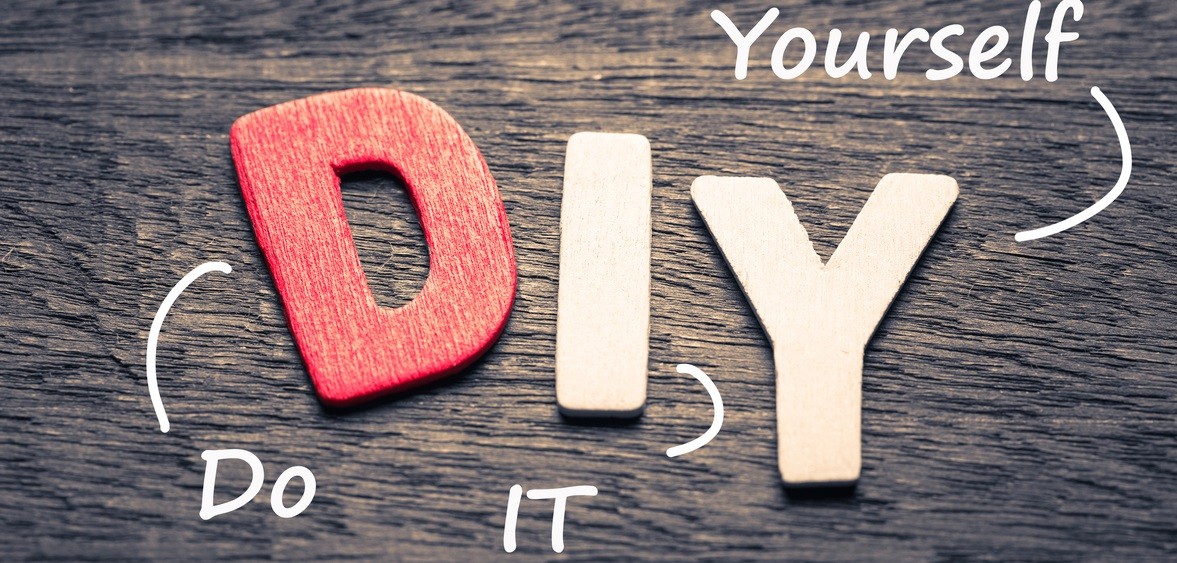
Best Homemade Tile Cleaner Recipes for Radiant Tiles
January 31, 2025
6257+ views
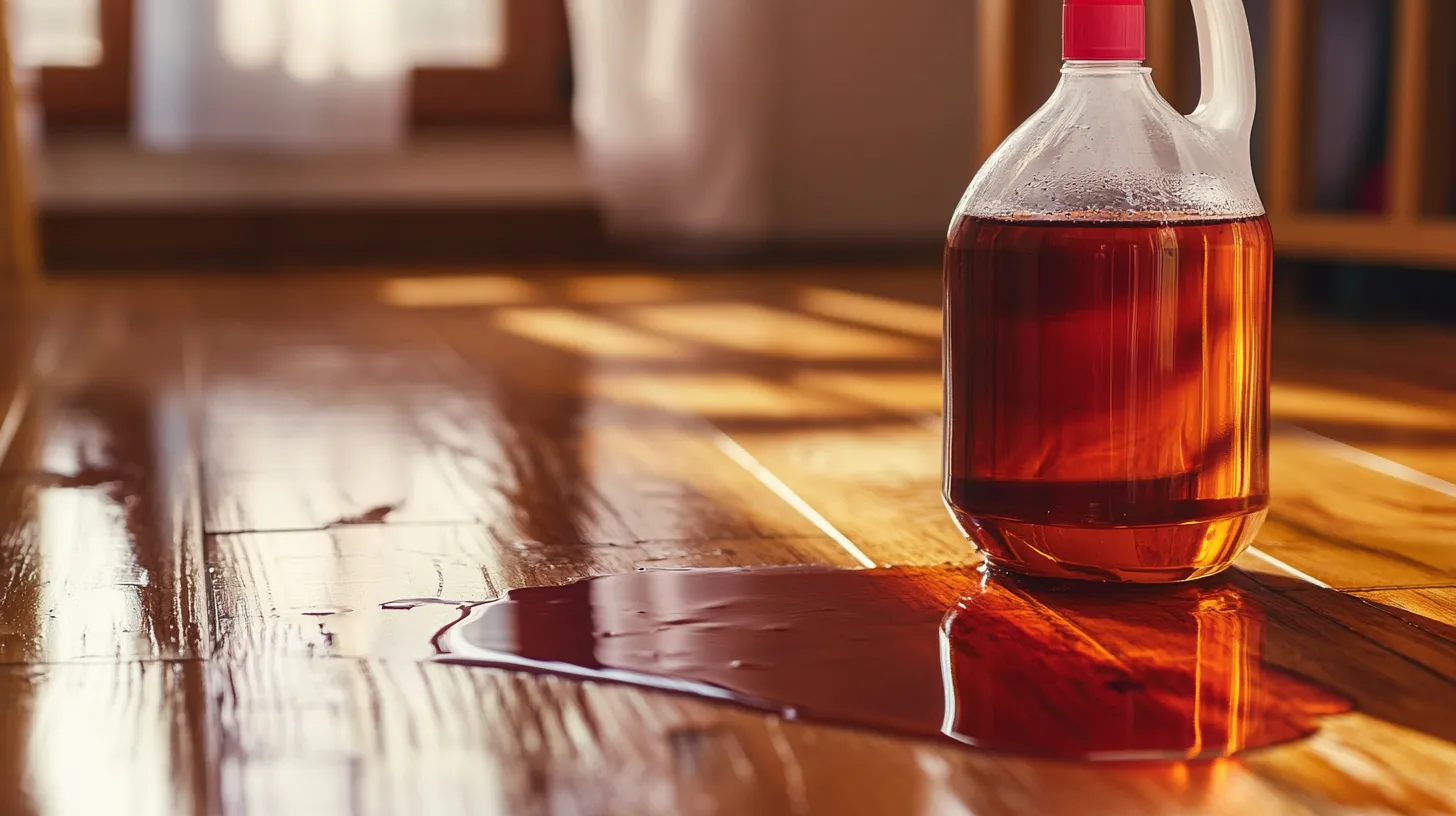
Top 10 Floor Cleaner Liquids with Prices in India 2025
February 23, 2025
5583+ views
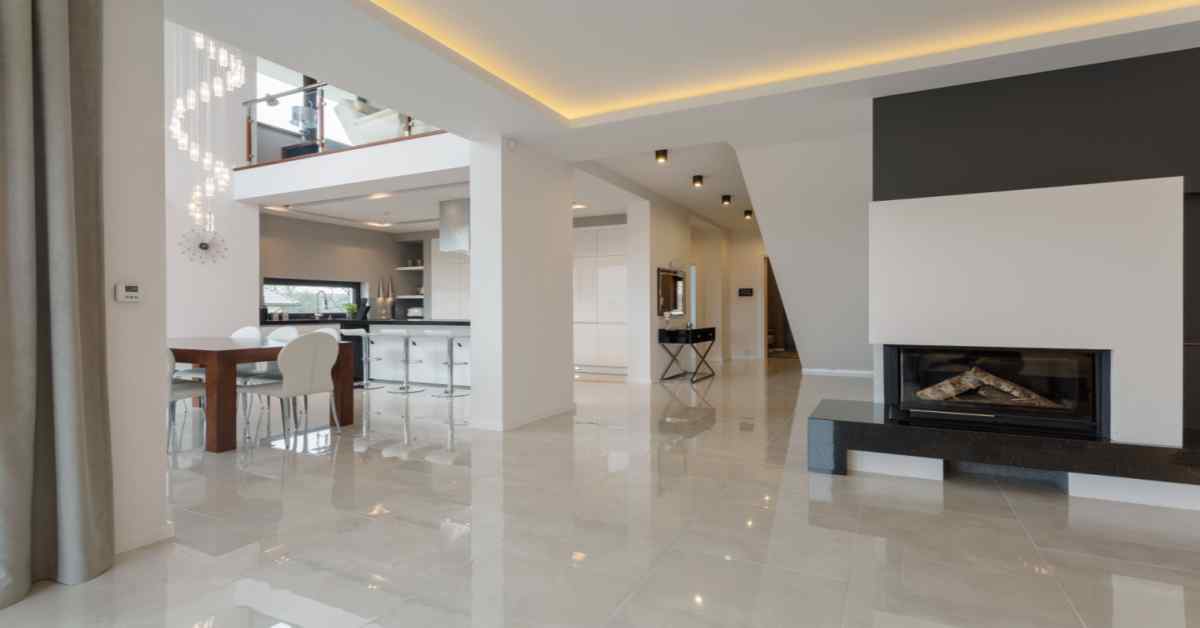
How to Clean Granite Floors: Mastering Maintenance Techniques
January 31, 2025
5137+ views

Floor Buffing: Everything You Need to Know Before Your Starting
January 31, 2025
3386+ views
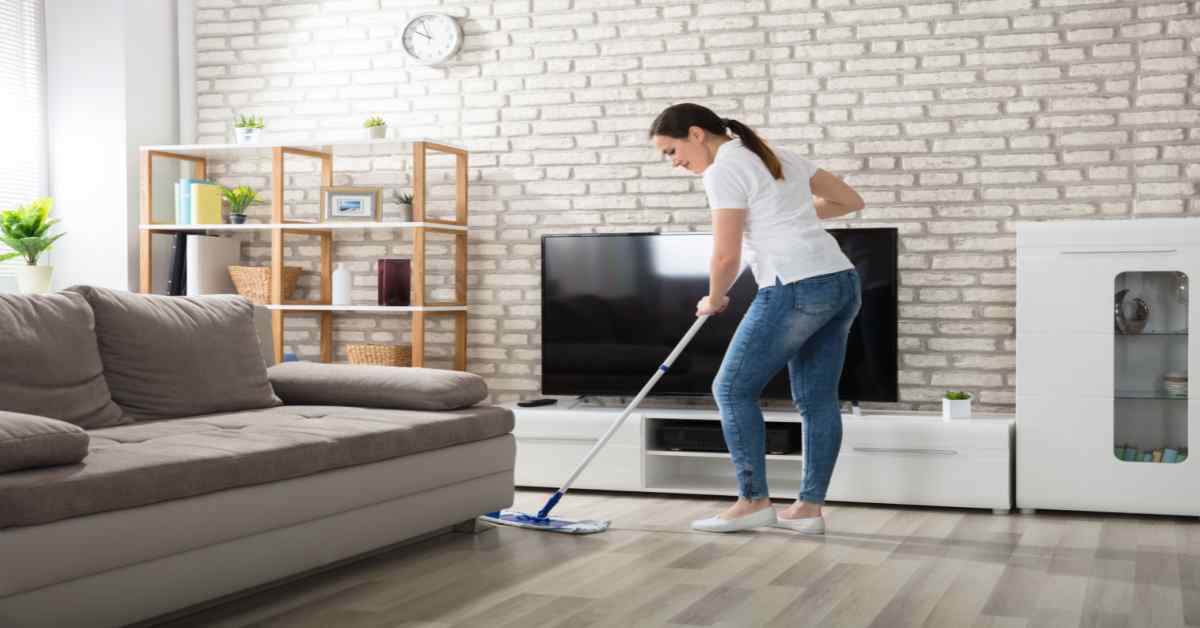
How to Clean Wood Floors: Expert Tips for Gleaming Results
January 31, 2025
3237+ views
Floor Buffing Techniques For Different Floor Types
Floor buffing may improve several kinds of flooring. However, various floor kinds demand different methods for the best outcomes. A detailed look at floor buffing procedures for various floor types:
1. Hardwood Floors
Hardwood flooring needs maintenance to maintain its beauty and minimise harm. Buff hardwood floors using these methods:
• Select the Right Pad: Choose a soft or medium-duty hardwood floor buffer for hardwood floors. Try not to use abrasive pads that scrape or dull.
• Use low to moderate pressure when buffing hardwood floors to minimise surface damage. Use the machine's weight, mostly.
• When buffing hardwood floors, follow the grain to avoid streaks and keep the natural look.
• To maintain and improve the sheen of the wood surface, use a high-quality floor finish after buffing. Apply and dry according to product directions.
2. Tile and Grout
Tile and grout floors need deep cleaning to remove dirt and grime. Buff tile and grout floors using these methods:
• Select the Right Scrubbing Tool: Use a stiff-bristled brush or abrasive pad for tile and grout surfaces. Avoid abrasive pads that may scratch tiling.
• Pre-treat Stains: Apply a cleaning solution to tough stains or dirt on grout lines and let it sit before polishing.
• Scrubbing Motion: Scrub back and forth to agitate the cleaning solution and remove debris from the tile and grout. Concentrate on dirty and high-traffic areas.
• Rinse tile and grout thoroughly after polishing to minimise streaking and residue accumulation.
3. Vinyl and Linoleum
Vinyl and linoleum flooring are durable yet dull. Buff vinyl and linoleum floors using these methods:
• Select a soft or medium-duty buffing pad for vinyl and linoleum floors. Try not to use abrasive pads that scrape or dull.
• Use low to moderate pressure when buffing vinyl and linoleum floors to restore lustre without harm. Use the machine's weight, mostly.
• Reduce Moisture: Avoid excessive water or liquid cleansers to prevent warping or bubbling of vinyl and linoleum flooring.
• Buff in Sections: Work on one part simultaneously to guarantee complete coverage and uniform results.
4. Laminate Flooring
Laminate flooring is resilient but may be harmed by damp or harsh cleaning. Buff laminate flooring using these methods:
• Select the Right Pad: Use a soft or medium-duty buffing pad for laminate flooring. Try not to use abrasive pads that scrape or dull.
• Apply lightly to moderate pressure when buffing laminate floors to restore lustre without harm. Use the machine's weight, mostly.
• Reduce Moisture: Avoid excessive water or liquid cleansers to prevent laminate flooring from swelling or warping.
• To minimise streaking and preserve a consistent look, buff laminate flooring at the plank seams.
5. Concrete Floors
Concrete floors need rigorous polishing to remove persistent stains and restore gloss. Buff concrete floors using these methods:
• Select the Right Scrubbing Tool: Use a stiff-bristled brush or abrasive pad for concrete surfaces. Try diamond pads for heavy-duty buffing.
• Adjust Buffing Machine Pressure: Adjust pressure of the concrete floor buffer based on concrete floor condition. More pressure may be needed for difficult stains or filthy areas.
• Use Concrete Cleaner: First, use a concrete cleaner or degreaser to remove debris and stains before polishing.
• Prevent streaks and residue accumulation by thoroughly rinsing the concrete floor with clean water after a small floor buffer polisher.
Use the proper buffing procedures for each floor type to get great results without harm. Follow manufacturer instructions for floor surfaces and cleaning products to get the best results.
Tips for Effective Buffing Process
Buffing takes precision and expertise to look professional. Tips for polishing effectively:
1. Proper Prep
• Ensure free mobility while buffing by clearing the area of furniture, garbage, and impediments.
• Remove loose dirt and debris by sweeping or vacuuming the floor. Remove as much debris as possible before polishing to avoid scratches.
• Apply pre-treatment or spot treatment for tough stains or heavy soiling. Let the solution sit for the appropriate period before polishing.
2. Choose Equipment
• Select the suitable buffing machine based on floor type, area size, and restoration level.
• Choose appropriate buffing pads or brushes for the floor type and desired result. Ensure you have the correct pads or brushes for polishing, cleaning, or stripping.
3. Use Good Products
• Invest in premium buffing chemicals, polishes, and cleaning solutions. Poor goods might lead to poor outcomes and additional work to complete.
• For cleaning solutions and compounds, follow manufacturer instructions for dilution ratios and application procedures. Using the proper concentration, clean and polish floors without hurting them.
4. Test Inconspicuously
• Test materials and Equipment in a small area before buffing the whole floor to confirm compatibility and desired results.
• Before buffing, use this test area to alter your technique, product, or machine settings.
5. Use Proper Technique
• Keep the buffing machine running at a steady speed and pressure. Sudden movements or direction changes might cause uneven buffing or streaking.
• Overlapping passes provide complete coverage and avoid missing areas. A homogeneous floor finish is achieved using this method.
• Pay attention to details around edges, corners, and baseboards. A hand-held wood floor buffer or detail tool can reach hard-to-reach regions the main buffing machine cannot.
• To polish the floor, work in tiny portions and gradually go over it. This method ensures that each part is adequately addressed and prevents the product from drying before polishing.
6. Keep Equipment Clean
• Ensure maximum performance and lifespan by regularly cleaning and maintaining buffing Equipment.
• Use clean buffing pads or brushes to remove dirt, debris, and residue between usage. Dirty pads may transmit impurities to the floor, harming polishing.
• Regularly inspect and replace buffing pads or brushes as required. Worn or damaged pads may not buff well and provide poor results.
7. Track Product Use
• Avoid overusing cleaning solutions or compounds during buffing. Overusing products may cause streaking, residue accumulation, and slippery floors.
• Use products sparingly and evenly to get desired results without waste.
8. Take Safety Measures
• Use safety glasses, gloves, and closed-toe shoes to prevent chemical exposure and harm.
• Set up warning signs or barriers to warn people of damp floors and avoid accidents.
• Ensure sufficient ventilation while using cleaning solutions or chemicals to reduce fume exposure.
9. Assess Results and Adjust
• Test the floor surface after buffing to confirm desired results. Adjust as needed to solve problem areas.
• •Re-buff or add the product to improve the floor surface if required.
These suggestions and procedures will help you polish the floor professionally while preserving its integrity. A polished and regenerated floor requires proper preparation, equipment selection, technique, and attention to detail.
In conclusion, floor buffing requires attention to detail, preparation, and high-quality Equipment and materials to seem professional. Following the recommendations above, you may buff different floor surfaces effectively and get great results.
Hire NoBroker Floor Buffing Services
Pricing is a major factor to take into account when scheduling expert domestic cleaning services to clean your property thoroughly. Look at least NoBroker Home Services if you're searching for a trustworthy floor buffing or cleaning service at a cost that can rival that of the top providers in the field. To get rid of bacteria that can cause infections, our team thoroughly cleans the floor, bathroom, kitchen and outside of the house, including the slick tiles and discoloured sinks and toilets. The greatest house cleaning services can be scheduled with only one click by visiting NoBroker.in or using the NoBroker mobile application!
NoBroker Easy Cleaning Tips Testimonials
Im using their Bathroom subscription plan from past 2 years and their services are very good.
Booked full house cleaning for Ugadi, they were on time and completed work very neatly Highly recommended !!
Professional and hustle free services
Took full home cleaning. They did an amazing job!
Best cleaning service by nb. Would recommend others too
I recently used NoBroker Cleaning Services for a deep house cleaning, and I am quite satisfied with the experience. The booking process was smooth and hassle-free, and the team arrived on time as scheduled. The cleaning professionals were thorough and well-equipped, ensuring every corner of the house was properly cleaned. They paid attention to details, including dusting, mopping, and scrubbing hard-to-reach areas. My kitchen and bathrooms, in particular, were cleaned to a high standard, leaving them spotless and fresh. Overall, NoBroker Cleaning Services provided good value for money, and I would recommend them to anyone looking for a reliable and convenient cleaning service.
Nice work
The finest service with affordable cost. Great 👍 work done by these people. Always Recommended
Nice service
Awesome service .. they are so good and super fast and does cleaning awesomely perfect!!!!
Best deep cleaning service provider in pune .Very polite and professional in their work. Best complements to the entire team..
Best flat cleaning service provider in pune Very good service.... Very quick and neat and clean home..... It was shining like mirror.. Highly recommended.
Superb house cleaning service provider in wakad pune Kitchen cleaning was done very sincerely. All equipment and chemicals were got along by the team. Punctual, sicere, good work quality.
Best cleaning service in Pune. Timely work till customer satisfaction. Thanks to team.
Thank you, nobroker cleaning services for your outstanding service. Keep up the fantastic work!
There service are best compared to price. Time was always perfect. I really appreciate their team for perfection and much more
Awesome house cleaning service provider in pimple saudagar .I sincerely appreciate your work. you put so much effort into your work that the house is immaculate 👌👍 thank you for your great service you have been very professional in handling our needs thank you ☺️
I have availed service for terrace floor cleaning. The persons who came for cleaning were very professional. They performed the task very nicely.
Best ac service provider in pune .Nice Work Good AC Service Immediately Response On Time All Call Attend
Best ac service provider in pune .Nice Work Good AC Service Immediately Response On Time All Call Attend
Great ac repair and service in pune .Very professional they understand customers problems and relevant cost wise, also work wise the are exc8
Cleaning was done very effectively. The staff also is very humble and resolved all doubts about the task. Will definitely recommend to anyone requiring deep cleaning services
Best house deep cleaning provider in pune .I got reference from friends. I deep cleaned my house first time. And I am very glad that I picked them. No other company cleans wall. But Nobroker is very effiecient wall cleaner.
One of the best service provider in Pune. Quality of work
Best cleaning services provider in bangalore .superb services provided by her
Best cleaning service provider in bangalore.It was a wonderful experience. Their team spent full time without any hurry and cleaned all the corners of the house. They are polite and very supportive. All of them
As per our request, They clean excellent with speed and provide me Affordable Cleaning service provider in bengalore .I am completely impressed with their professionalism and customer service. Thanks
Nice service
Highly recommended for the people who are looking for for packers and movers in chinchwad
Nobroker Cleaning Services is the go-to company for all your cleaning needs. They have a dedicated team that goes above and beyond to ensure customer satisfaction.
NoBroker Home Service Office has been a game-changer in my property search. Their user-friendly platform, efficient customer service, and transparent deals make the home-hunting process a breeze. I found my dream home with ease, and their support team was always there to assist. Highly recommended for hassle-free property transactions!
I recently used nobroker services to have my house cleaned, and I must say, I was impressed with their work. The team was prompt, courteous, and professional
Had a fantastic experience with Nobroker. They have made our moving into a locked home, super swift and smooth. Very polite, knowledgeable and efficient folks.
We are quite satisfied of what we get. They are quite professional and sincere towards their work.well done nobroker team
Nice job
Nice experience with Nobroker Cleaning service
Most Viewed Articles
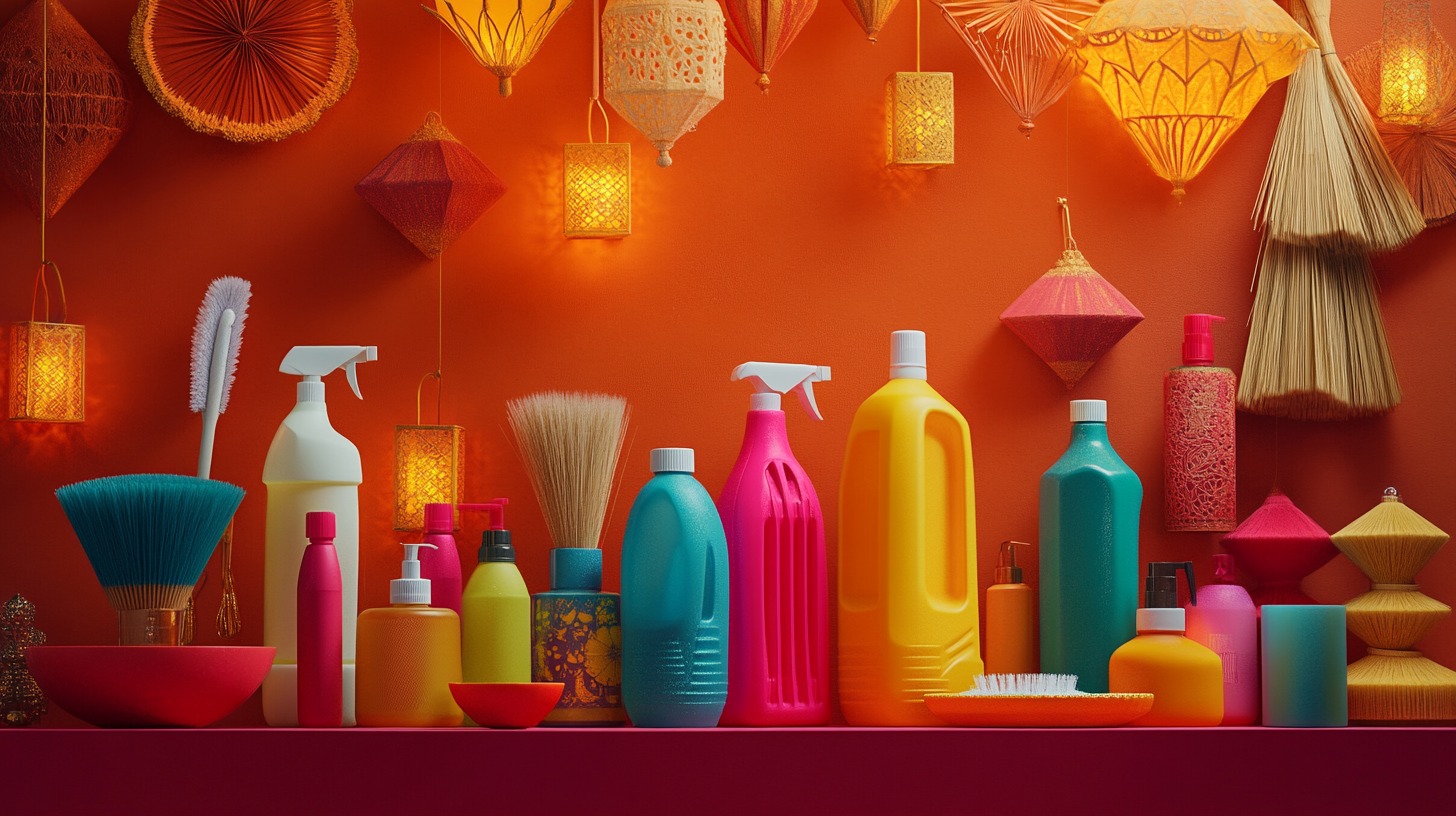
Diwali Cleaning Tips and Guide: Make Your Home Shine for the Festival in 2025
January 31, 2025
15089+ views
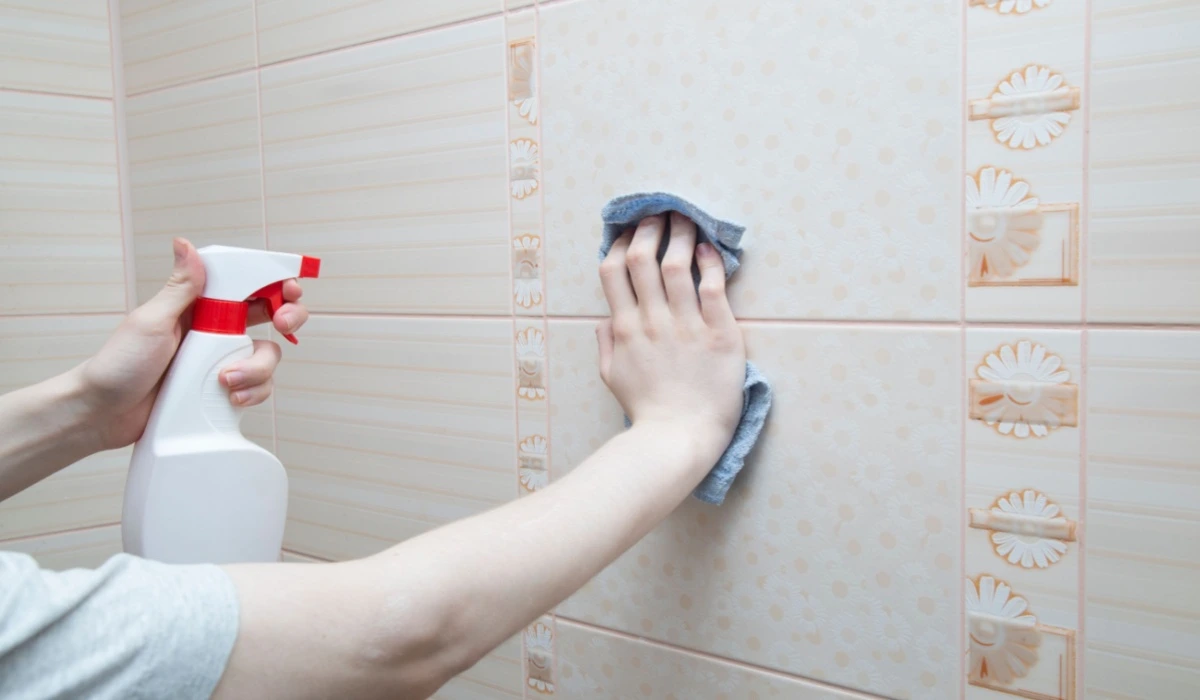
How to Clean Bathroom Tiles: Easy and Effective Methods for a Sparkling, Hygienic Bathroom for 2025
January 15, 2025
13332+ views
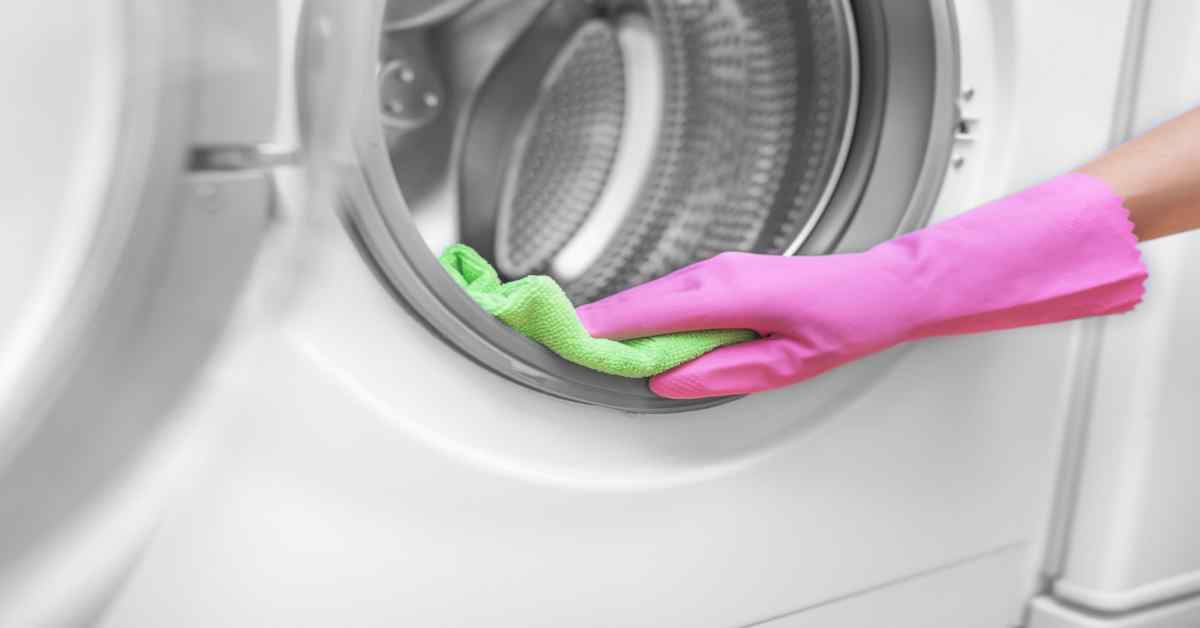
Deep Clean Your Washing Machine: Step-by-Step Guide & Tips
January 31, 2025
11738+ views
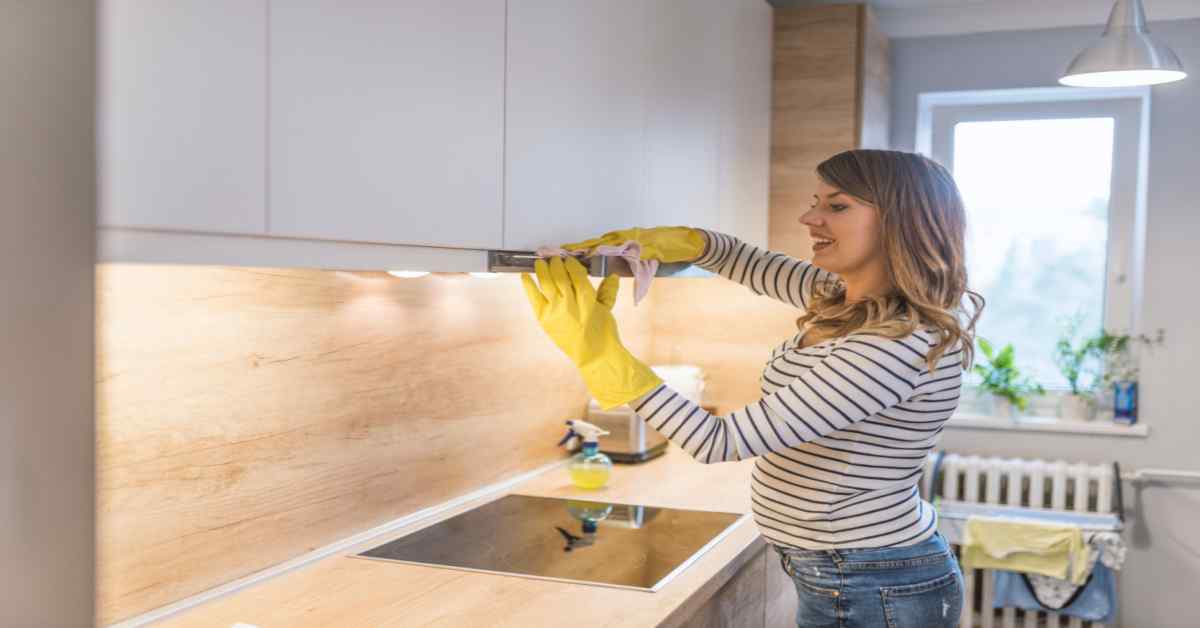
How to Clean Kitchen Exhaust Fan Properly?
January 15, 2025
11147+ views
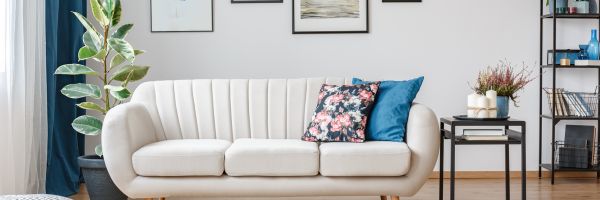
January 31, 2025
10026+ views
Frequently Asked Questions
Floor buffing frequency varies on flooring type, traffic, and maintenance plan. High-traffic sections may need buffing every 1-3 months, while low-traffic areas may need it a few times a year.
Professionals and homeowners buff floors. Homeowners may do simple upkeep using rental or own devices. A professional floor care business may be best for more extensive areas or particular requirements.
If the floor contains old wax or finish, it is stripped before polishing. An excellent floor may require a touch-up or shine restoration, so stripping may not be necessary.
Buffing restores floor shine using a buffing machine and pads or brushes. Polishing floors entails using polish or wax to boost lustre. Cleaning the floor using scrubbing pads or brushes more aggressively removes dirt, filth, and stains.
The kind of flooring, temperature, humidity, and materials used affect buffing drying time. After buffing, most floors should feel dry after 30–60 minutes. Before permitting foot traffic or reinstalling furniture, observe manufacturer instructions and allow enough drying time.
Loved what you read? Share it with others!
Recent blogs in
Top 10 Wall Cleaning Liquids for Home and Office: Prices, Usage, Types and Benefits in 2025
July 4, 2025 by Jessica Solomon
Best Washing Machine Cleaning Liquids: Prices, Usage, Types and Benefits in 2025
July 4, 2025 by Jessica Solomon
10 Best Kitchen Cleaning Liquids for Indian Homes: Safe, Effective & Multi-Surface 2025
July 4, 2025 by Jessica Solomon





Join the conversation!